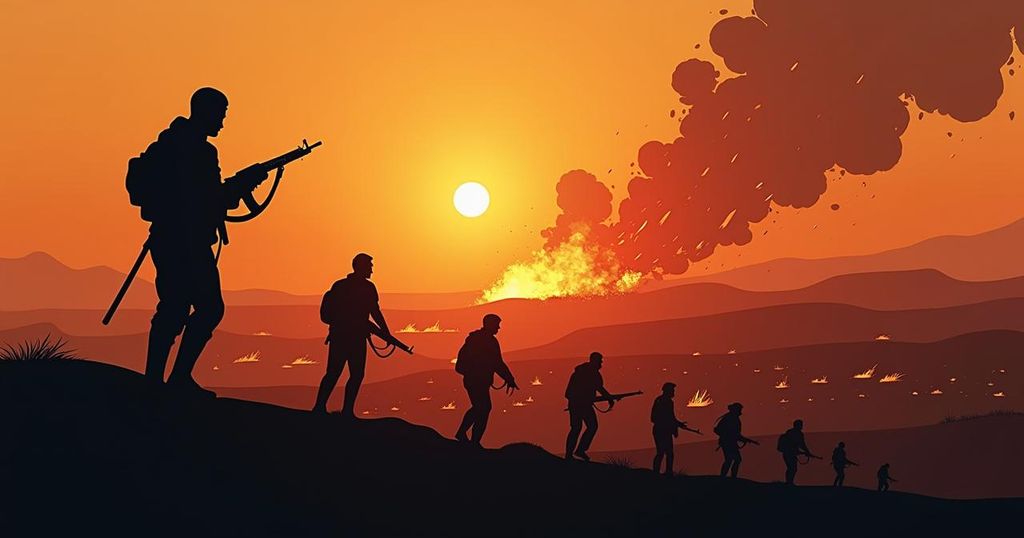The Week That Pushed the Middle East Closer to All-Out War

In a recent week, critical developments escalated tensions in the Middle East, including the assassination of Hezbollah leader Hassan Nasrallah, Israel’s invasion of Lebanon, and Iran’s launch of ballistic missiles at Israel. These events have drawn international calls for restraint, yet the region remains poised on the brink of wider conflict, with Israel entangled in engagements on both Lebanese and Palestinian fronts, amidst escalating threats from Iran.
Recent events in the Middle East have escalated tensions to unprecedented levels, with several significant developments occurring within a week that bring the region closer to potential all-out war. The assassination of Hezbollah leader Hassan Nasrallah on the evening of September 27 has significantly intensified the conflict, as Israel targeted his bunker in Beirut, resulting in mass casualties and destruction. This event ended any hopes of de-escalation, following discussions of a proposed ceasefire during the United Nations General Assembly. Shortly thereafter, on Monday night, Israeli forces launched a ground invasion into Lebanon, emphasizing their commitment to countering Hezbollah’s military capabilities, which have been a constant threat since the onset of the current Gaza conflict. Approximately 1.2 million people have been displaced as a result of the invasion, which marks Israel’s simultaneous engagement on two fronts: Gaza and Lebanon. This marks a notable shift, given the complex history of Israeli-Hezbollah relations, rooted in the unresolved ambiguities following their last war in 2006. In a swift escalation within this already volatile situation, Iran launched an estimated 200 ballistic missiles at Israel, compelling ten million Israelis to seek refuge in bomb shelters. Although Israel’s air defense systems managed to intercept most of the projectiles, the attack underscores the widening scope of hostilities and Iran’s support for its proxies in the region, particularly in light of their own disarray currently faced by Hezbollah. Iran’s response also reflects a strategic calculation to deter Israel, despite its awareness of the risks associated with full-scale confrontation. Amidst this turmoil, the international community, led by the United States, has urged for restraint and de-escalation; however, these efforts have largely proven ineffective thus far.
The Middle East experiences recurring conflicts, with Israel and Hezbollah maintaining a complicated and adversarial relationship since their last significant war in 2006. The region’s political dynamics are further complicated by external influences, particularly from Iran, which supports groups like Hezbollah and Hamas. The recent uptick in violence has been catalyzed by Israel’s military operations against Hamas and its long-standing concerns regarding Hezbollah’s military capabilities along its northern border. The assassination of Nasrallah is seen as a pivotal moment in these rising tensions, leading to a swift military response by Israel and further retaliation from Iran, emphasizing the delicate balance of power among regional players.
The situation in the Middle East is precariously positioned on a knife-edge, with the assassination of Nasrallah and the subsequent Israeli invasion of Lebanon marking a significant escalation in the ongoing conflict. The involvement of Iran in launching ballistic missiles toward Israel has diversified the theater of war, suggesting a potential for broader regional confrontation. Nevertheless, the international community’s push for de-escalation remains critical, despite the seemingly entrenched positions of the parties involved. Looking ahead, the necessity for diplomacy and the impact of external influences on the conflict will continue to evolve as hostilities persist.
Original Source: www.bbc.com








